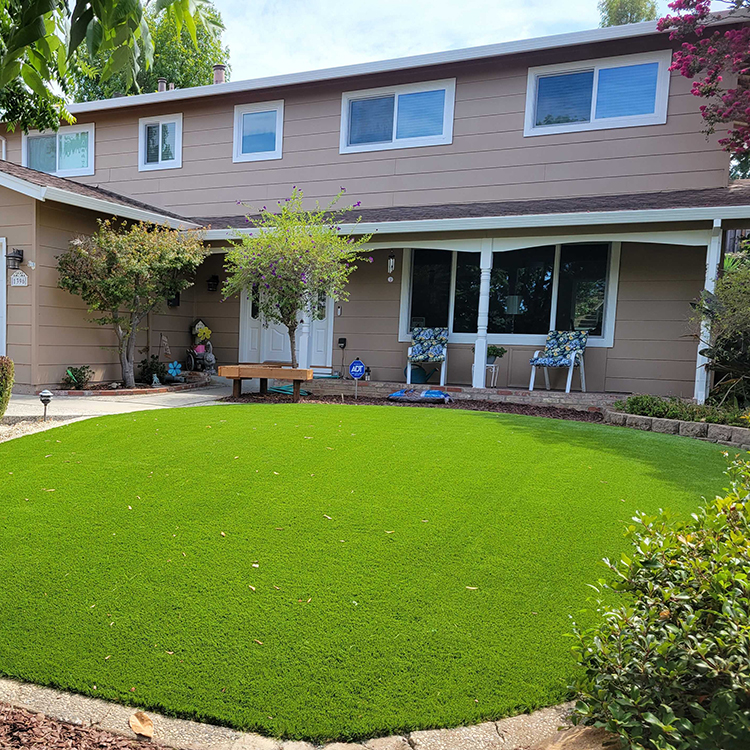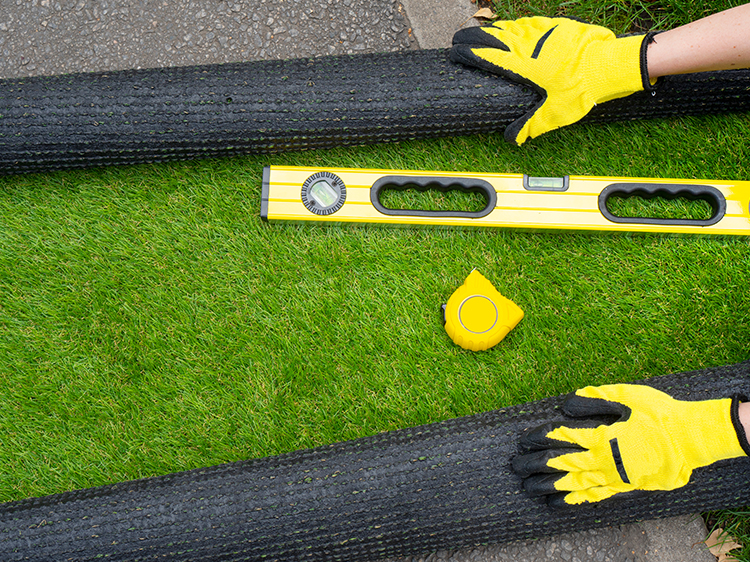The debate continues for many homeowners across the USA – real grass or artificial grass? In the pursuit of creating an ideal space for outdoor family time, the choice can be challenging. Each offers its own set of benefits and drawbacks, making the decision a matter of balancing practicality, cost-effectiveness, and aesthetics. This article aims to give you a comprehensive outlook on the cost analyses of real grass versus artificial grass for homes, enabling you to make the best decision for your residential landscape.
Understanding the Basics of Real and Artificial Grass
First, let’s delve into the fundamentals. Real grass needs sunlight, water, and fertile soil to grow and thrive. This means maintenance—mowing, watering, feeding, and weed treatment. In contrast, artificial grass is synthetic but designed to imitate the look and feel of natural grass, without the regular upkeep.
Cost Comparison of Installation
When assessing costs, homeowners frequently overlook installation costs. Real grass seed is considerably cheaper upfront, often costing around $0.05 per sq. ft., if you decide to DIY. Sod, a pre-grown version of real grass, can cost $0.30 to $0.80 per sq. ft. However, the installation process can be labor-intensive. By contrast, artificial grass installation is more expensive. You can expect to pay between $5 and $20 per sq. ft.
Maintenance Costs: Real Grass Wins…
Real grass, on the other hand, requires constant maintenance—mowing, watering, fertilizing, and pest management can load up the costs. On average, real grass maintenance can cost around $60 per month, totaling a staggering $720 per annum. Add to this the cost of equipment like a lawnmower and a sprinkler system, and it becomes a pricier option when considering maintenance alone.
…But Wait! Long-Term Costs?
Here’s where artificial grass begins to shine. Once installed, artificial grass requires minimal maintenance cost. A rinse-off with your hose, typically every 6-8 weeks, is enough. Meaning, artificial lawns can save a substantial amount of money in the long run despite the higher upfront cost.
Consider Lifespan and Durability
Artificial grass also outperforms its real grass counterpart regarding durability. Quality synthetic turf often comes with a 15 to 20-year warranty and can resist both heavy foot traffic and extreme weather conditions. Conversely, real grass needs reseeding and suffers from heavy use and adverse weather conditions.
The Impact on Your Home’s Value
Last but not least, consider the impact of your landscape on the value of your home. A well-maintained lawn can enhance curb appeal and increase property value. Artificial grass, with its evergreen aesthetic, can offer this without the constant upkeep. However, some buyers still prefer real grass for its organic charm.
Environment and Health Factors
Real grass can improve air quality and prevent soil erosion, while artificial grass eliminates the need for chemical pesticides and high water usage. Therefore, both options have their environmental pros and cons. As for health factors, allergenic reactions to real grass or the potential skin abrasions from falls on artificial turf could influence your choice.
In conclusion, the choice between real grass and artificial grass is about far more than initial costs. It would be best if you weighed all factors—installation, maintenance, longevity, home value, and environmental and health considerations. Factor in how these align with your lifestyle, budget, and vision for your space.
For additional clarity or recommendations, message us. We can guide you to trusted local installers or answer any questions you may have.




